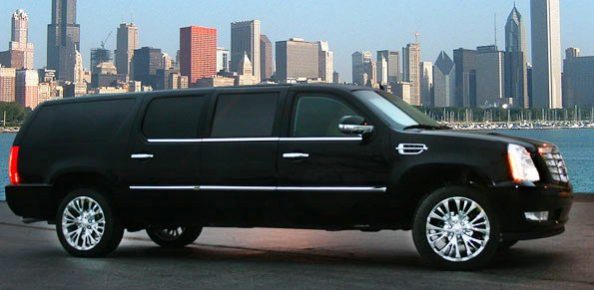
Today’s armored vehicles must be designed to protect their occupants and cargo from multiple types of security threats. From a single bat-wielding assailant to a coordinated attack involving automatic weapons and explosives, armored cars and trucks are built with a wide range of defensive scenarios in mind.
In order to put up effective resistance against such a variety of potential assaults, armored vehicles incorporate many different protective measures, most of which are not readily apparent to the casual observer. In fact, many armored cars look indistinguishable from stock sedans and SUVs. Armored sedans and SUVs tend to be (but aren’t always) luxury models, and their owners want them to offer a very high level of protection yet remain aesthetically pleasing despite the multiple modifications that are necessary to make them secure.
Some of the features that make armored vehicles the moving fortresses that they are include:
Ballistic armor – The thick metal plates that are installed on the vehicle’s frame are what make on armored car “armored.” Depending on the alloy used and the thickness of the plates, the armoring can stop anything from .22 bullets to armor-piercing rounds. Floor plates protect against bombs underneath the vehicle. The trade-off for all this protection is greatly increased weight, which in turn necessitates that armored vehicles must have a strengthened suspension, more powerful brakes and sturdier door hinges.
Bullet-resistant glass – Also called “transparent armor,” modern bullet-resistant glass solves the problem of what otherwise would be a huge vulnerability – a vehicle’s windows. While there is no such thing as completely bulletproof glass, today’s bullet-resistant car and truck windows offer great protection even from high-caliber automatics weapons fire. Bullet-resistant glass is made by laminating together layers of tempered glass and clear polycarbonate material.
Armored tires – Using ordinary rubber tires on an armored vehicle would leave another great weakness. Considering that a random nail in the road can flatten an everyday tire, it would be foolish to expect one to deflect gunfire! Like the vehicle itself, the tires are actually “armored” from the inside. A “donut” of relatively lightweight alloy or composite material is fitted around each of the vehicle’s rims, and the tire itself can be mounted over that. If a tire deflates for any reason, the vehicle can still run on the solid donut underneath, which is durable enough to take the vehicle 50 or 60 miles at a reasonably high speed (about 60 mph). These tires are often referred to as “run-flats.”
Grill guards/bumpers – An armored vehicle may sometime be attacked not by weapons or explosives but by ramming from another vehicle. The armored car’s front grill, with the radiator and other vital engine components behind it, can be shielded from such impacts by a grill guard. Heavy-duty bumpers mounted both front and rear can turn an armored vehicle into a battering ram, allowing it to safely push aside vehicles or debris positioned to block the road in an attempt to bring the armored vehicle to a stop.
The Armored Group LLC has been building armored vehicles for business, military, government and private use for 20 years. We manufacture, sell and service the highest-quality armored vehicles available on any continent. Check out our inventory of new and used armored vehicles here Contact us online or call The Armored Group at 1-602-840-2271.[/vc_column_text][/vc_column][/vc_row]